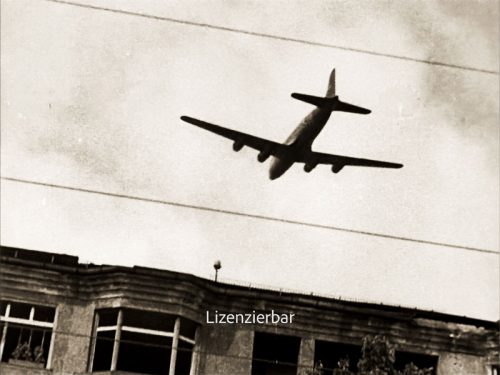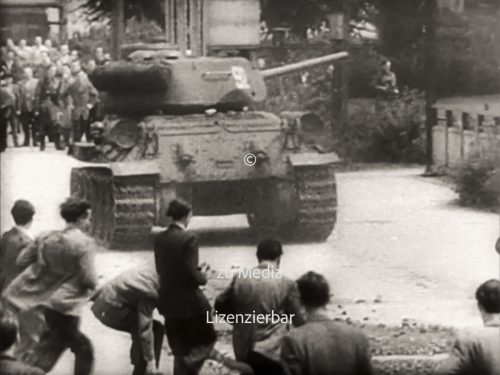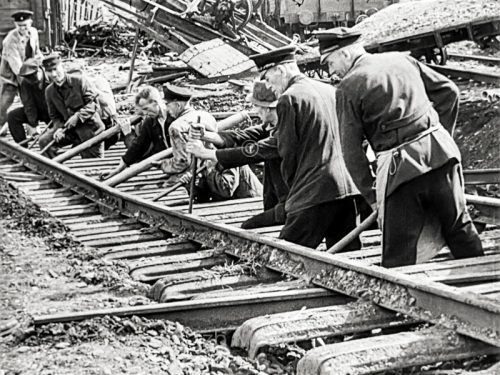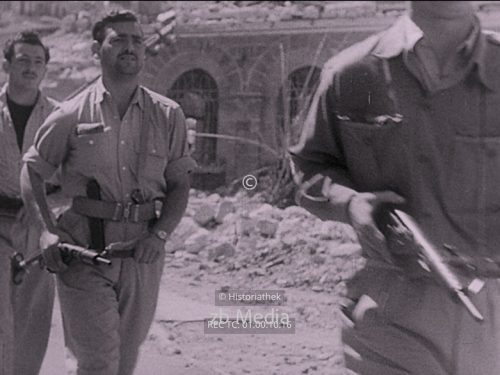In August 1939 Albert Einstein and Leo Szilard wrote a letter to President Roosevelt, outlining the possibility of building of mass destructive atomic bombs by Nazi-Germany.
Historical context
In 1939, an important meeting took place in Princeton between Albert Einstein and the physicist Leo Szilard. The context of this meeting was decisive for the history of nuclear physics and the later development of nuclear weapons.
Albert Einstein, the famous theoretical physicist known for his theory of relativity, and Leo Szilard, a Hungarian physicist who was very interested in nuclear chain reactions, were both deeply concerned about the potential of nuclear energy for warfare. Their concerns were fuelled primarily by the rise of Nazi Germany and the possibility that German scientists could develop nuclear weapons.
In the summer of 1939, Szilard and fellow physicist Eugene Wigner, aware of the potential of nuclear fission (a process discovered by German physicists Otto Hahn and Fritz Strassmann), approached Einstein at his home in Princeton, New Jersey. They asked Einstein for help in drafting a letter to President Franklin D. Roosevelt, warning him of the possibility of Germany developing an atomic bomb and urging the United States to begin its own research into nuclear weapons.
Einstein, recognising the gravity of the situation, agreed to lend his name and influence to the cause. The letter they wrote, which became known as the Einstein-Szilard letter, outlined the possibility of building extremely powerful bombs using uranium and emphasised the urgency of research in this area. This letter, dated 2 August 1939, was instrumental in drawing the attention of the US government to the issue.
President Roosevelt received this letter in August 1939, pointing out the possibility of an atomic threat from Nazi Germany. Einstein and Szillard point out that it will be possible to produce bombs of a new type (atomic bombs) with extreme destructive power. The letter also mentions that Germany has stopped selling uranium and that uranium experiments are being carried out there.
The Einstein-Szilard letter eventually led to the formation of the Uranium Advisory Committee, which later became the Manhattan Project, the US government’s secret project to develop atomic bombs during the Second World War. This meeting and the letter that followed are often seen as key events that contributed to the development of nuclear weapons and changed the course of history.
The original letter is published by the Franklin d. Roosevelt Library.





